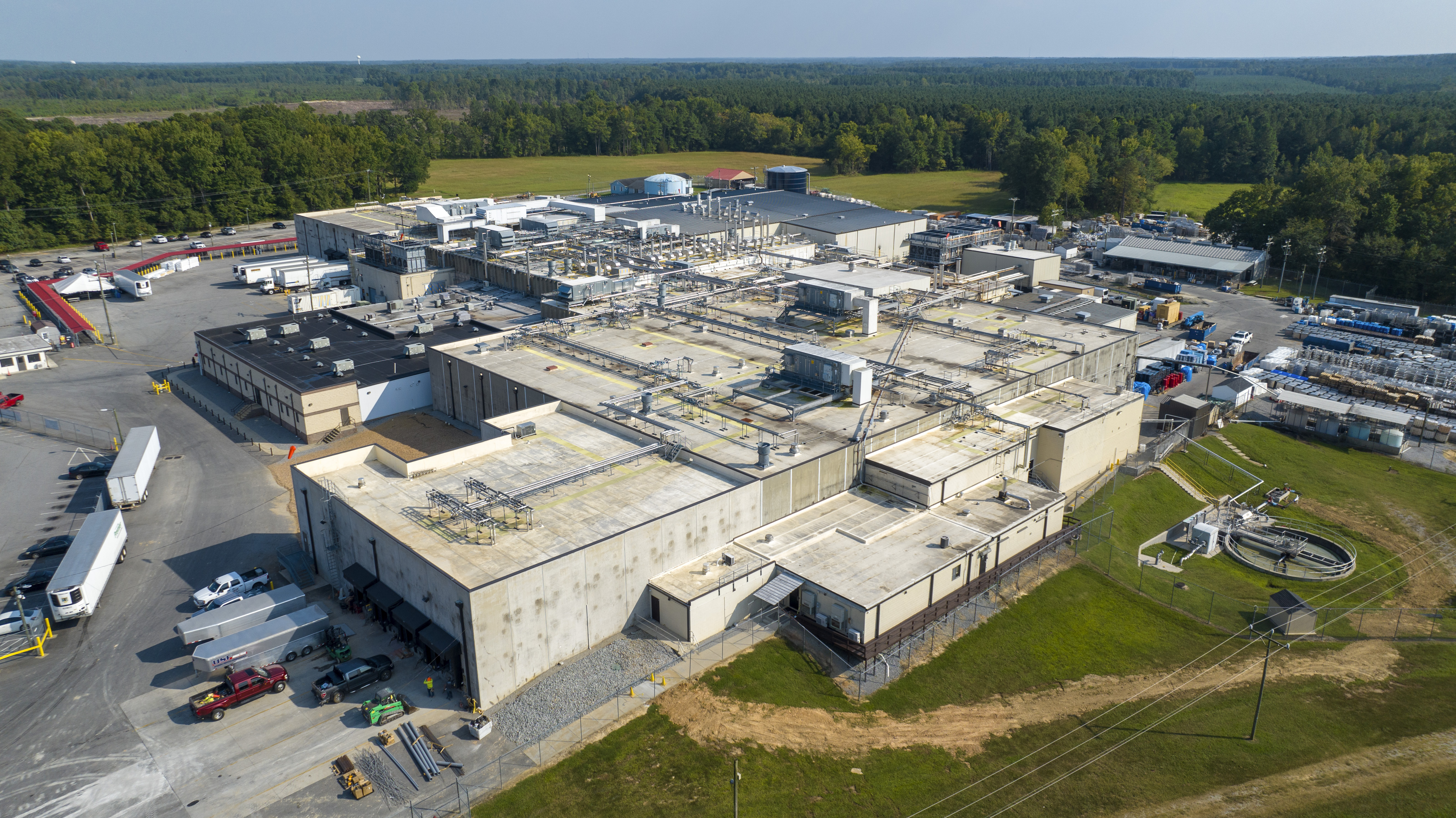NEWPORT NEWS, Va. (WAVY) – Radiologists at Riverside Health System are using AI technology when reading mammograms.
According to Riverside, the advanced technology called Transpara Breast Care is, “a leading artificial intelligence system designed to help radiologists detect cancers in mammograms.” The technology will be a part of the scanning procedure for patients.
Digital Host Sarah Goode spoke to Dr. Benjamin Pettus, a radiologist at Riverside Regional Medical Center, about the AI screenings. Watch the full conversation in the video player on this page.
Pettus said the AI system is trained to detect the shapes, sizes and features of cancer. Transpara trained through analyzing over one million cases worldwide.
For Riverside, it is a part of each breast cancer screening at any of their locations. A patient receives a 2-D scan or 3-D mammogram, then the scans will feed through the secure AI portal.
“It goes over every image of all cases we’ve done. It will score as a likelihood, that some finding on the image could represent a cancer or not,” Pettus said.
Pettus admitted there are limits. For one, the AI technology is not able to compare patient’s films. That means, it cannot catch changes overtime. It is also not comparing the tissue from all scanning angles.
Thus, it is still up to the doctor to pay attention to the patient’s previous scans, tissue density and other factors.
“It’s not making decisions,” Pettus said. “The doctor still has to do all the work we’ve done in the past.”
Instead, it serves as an extra tool to utilize as a preventative measure.
“It functionally creates a safety check for the patients because it’s a second set of eyes. It’s a way to make sure all of that (data) has been evaluated,” Pettus said.
With advancements in breast cancer screening, like 3D imaging, technology is able to look through more layers. There is also much more for radiologists to look at. Pettus said what used to be about four images is now thousands of images.
In that way, the AI works against any possible human error or fatigue when looking through the numerous scans.
Any test, said Pettus, is not foolproof.
“There is no perfect test because everybody’s body is so different,” Pettus said. “There’s a lot of complexity there.”
New technology has made it possible for cancer to be caught smaller and earlier, but there are still limits.
“There’s a threshold theoretically below which we can’t see things yet,” Pettus said. “What we’re trying to do with all that testing is drive the threshold as low as we can.”
One positive is AI is not size dependent. It could possibly find something suspicious the staff is not able to see.
“We’re trying to improve technology from the visualization side, but also from the computer database side, and again there’s other tests for patients risk,” Pettus said
From imaging and AI screening to bloodwork and physical exams, there are different ways to test for cancer.
“We’re trying to battle cancer on all fronts,” Pettus said.
Although doctors do not want to miss anything, unnecessary testing and surgery can also pose a risk and be expensive for patients. Pettus said an added benefit to the technology is it can offer that viewpoint, seeing if in fact more testing needs to be done if it labels something cancer.
“One in eight women get cancer,” Pettus said. “So, we can’t change that fact. But again, if we can find it early and turn it into a curable situation, and do it in as compassionate, and stress-free manner as possible, then that’s a win for our community for sure.”
Currently, the technology is still progressing. The data will continue to evolve. Riverside will also send cases and data back to the database to better the system.
They will continue to monitor new research, development and tools that could be used in a clinical setting.
For more information on the AI screening technology watch the full conversation in the video player on this page.

























































